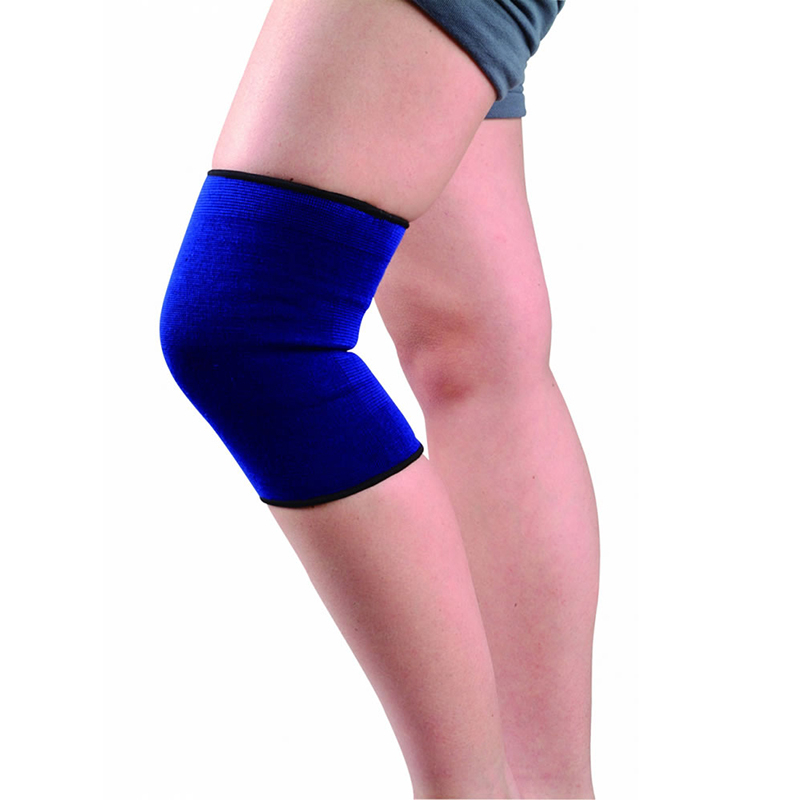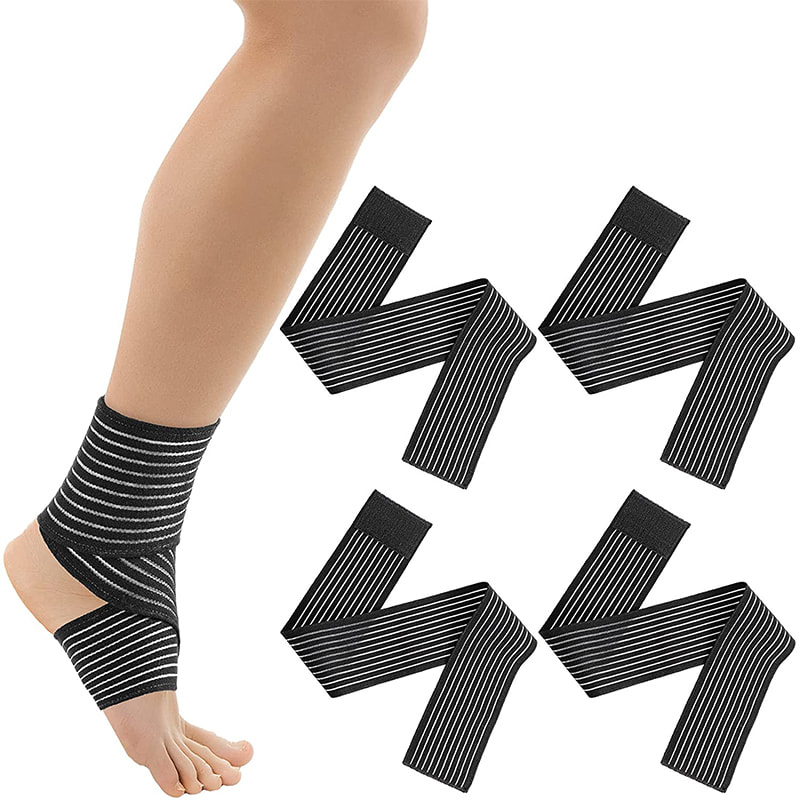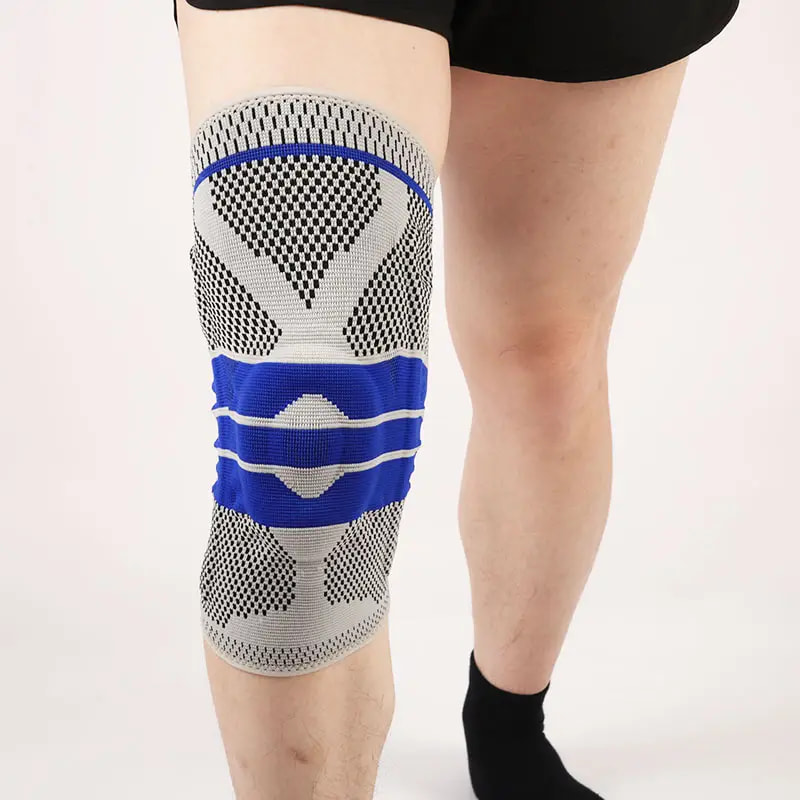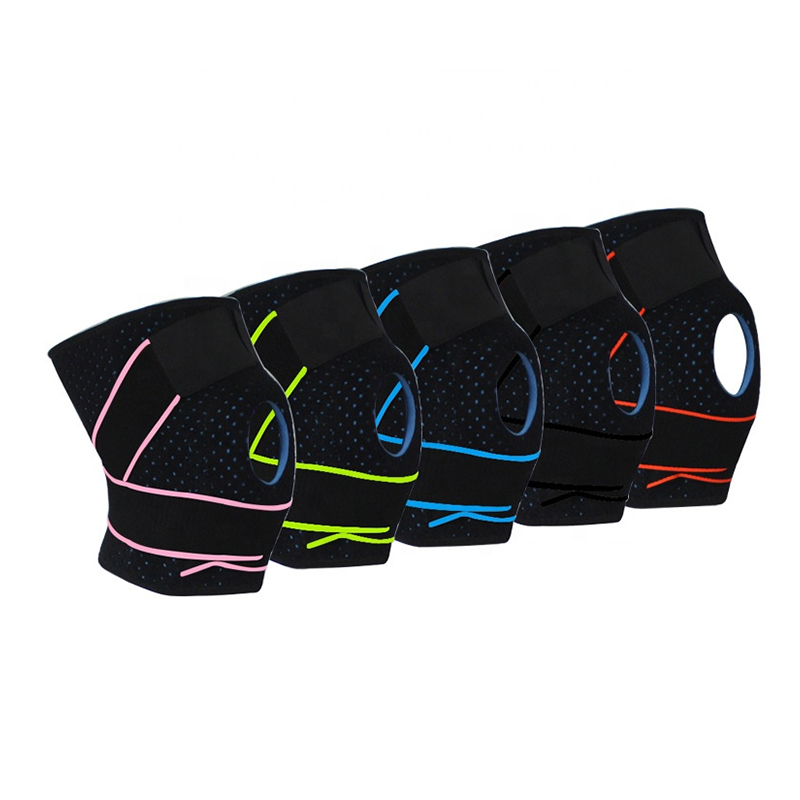A knee brace is an auxiliary tool designed to protect and support the knee joint. They are widely used in sports medicine, rehabilitation therapy, and daily life to help relieve knee pain, reduce the risk of injury, and promote recovery.
Knee braces can be mainly divided into the following types according to different needs and usage scenarios:
This type of brace is usually made of strong materials and can provide strong support. It is suitable for patients with severe knee injuries, postoperative rehabilitation, or chronic knee diseases. Fixed braces limit the range of motion of the joint, which helps relieve pain and promote healing.
Elastic braces usually use soft, breathable materials and are suitable for mild to moderate knee discomfort and sports injuries. They can effectively reduce pressure on the knee while allowing a certain range of motion, which is suitable for athletes to use during exercise.

Some knee braces are also embedded with magnetic therapy elements, claiming to promote blood circulation and relieve pain through magnetic fields. Although the scientific basis of this type of brace is still controversial, it is still favored by some consumers.
This brace has an adjustable design, and users can adjust the support strength and tightness according to their needs, which is suitable for rehabilitation needs at different stages.
Braces can effectively support the knee joint, reduce the pressure on the joint, and help stabilize the knee, especially when exercising or bearing weight.
For people with knee joint diseases or sports injuries, braces can relieve pain by reducing pressure and limiting improper movement.
After surgery or serious injuries, using a knee brace can help speed up the recovery process and prevent re-injury.
For people who engage in high-intensity sports, using a knee brace can effectively reduce the risk of injury and protect the joint.
When choosing the right knee brace, you need to consider the following factors:

When choosing a brace, it is key to understand the type and severity of your injury. For minor sprains, an elastic brace may be sufficient, while for serious injuries, you need to choose a fixed brace.
The comfort of the brace is very important. A brace that is too tight or inappropriate may cause poor blood circulation or discomfort. Choosing a well-fitting brace can ensure a better use experience.
Choosing a material with good breathability can prevent skin discomfort during use. Especially in summer or when exercising, a brace with good breathability is more important.
It is also very important to consider the usage scenario, such as sports, rehabilitation or daily life. Choosing different types of braces can better meet the needs.
There are a few things to note when using a knee brace:

Make sure the brace is worn correctly according to the instructions to achieve the best support effect. Avoid wearing it too tight to avoid affecting blood circulation. Check the wear of the brace regularly. If it is damaged or loose, it should be replaced in time. The knee brace is only an auxiliary tool. It is recommended to use it under the guidance of a doctor or physical therapist and in conjunction with other treatments to achieve the best effect.
Knee braces play an important role in modern medicine. Whether it is preventing sports injuries, promoting rehabilitation, or relieving pain, they can provide effective support for users. When choosing and using a knee brace, understanding your own needs, choosing the right type, and paying attention to the method of use can better protect the health of the knee joint and improve the quality of life.


 English
English Español
Español русский
русский Français
Français Deutsch
Deutsch By Admin
By Admin

























